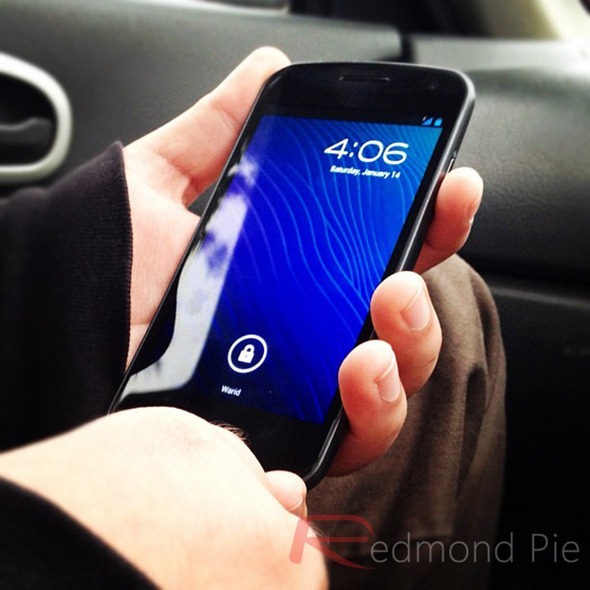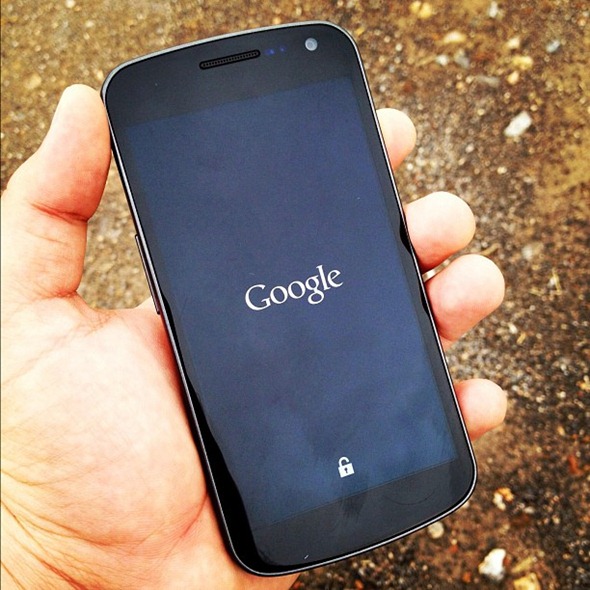Despite Apple’s incessant efforts to win an injunction banning sales of Google’s Galaxy Nexus, the United States Court of Appeals for the Federal Circuit has rejecting the Cupertino company’s claims, and the device – manufactured by South Korean electronics giant Samsung – will continue to retail.
Apple’s preliminary injunction was initially suspended by the court of appeals early last month, and a follow-up ruling has extended the suspension until August 20th, according to a report over at FOSS Patents.

It’s worth noting that the precise length of time for the stay on the prelim injunction has not been revealed, thus Samsung and Google can ill afford to presume they’re out of the water just yet. It is thought, however, that the court will review the evidence and come to a decision shortly after August 20 hearing.
The next filing will be made by Samsung either on August 6th or before, and the company will use the opportunity to discuss exactly how the Galaxy Nexus is not in infringement of Apple’s design and UI patents. Apple’s main quibbles throughout most hearings with Samsung/Google is with regards to design, but it appears on this occasion, the UI has a significant part in proceedings.
The sales ban on the Galaxy Nexus was a thorn in the side of Google, especially just after I/O, where the price of the unsubsidized Galaxy Nexus had just been cut. Along with the Nexus 7, it is one of the first devices rocking the brand new Jelly Bean (4.1) software, and as it was also the very first smartphone to pack Ice Cream Sandwich (4.0) late last year, it certainly has a place in the hearts of many Android users.

The Apple vs. Samsung battle is currently taking place in San Jose courts, and the underlying theme is that Samsung essentially plagiarized Apple’s designs with the Galaxy range. The court case has become a pantomime at times, but has also revealed some interesting, previously unseen prototypes – particularly from Apple – as both companies seek to prove their products are based on their own innovations.
Samsung maintains it developed the touch-based devices long before the iPhone release, and although this is certainly plausible this is the case, there’s no denying Apple changed the way all devices were made when it first showcased the iPhone some 5 years ago. The saga continues.
You can follow us on Twitter, add us to your circle on Google+ or like our Facebook page to keep yourself updated on all the latest from Microsoft, Google, Apple and the Web.

